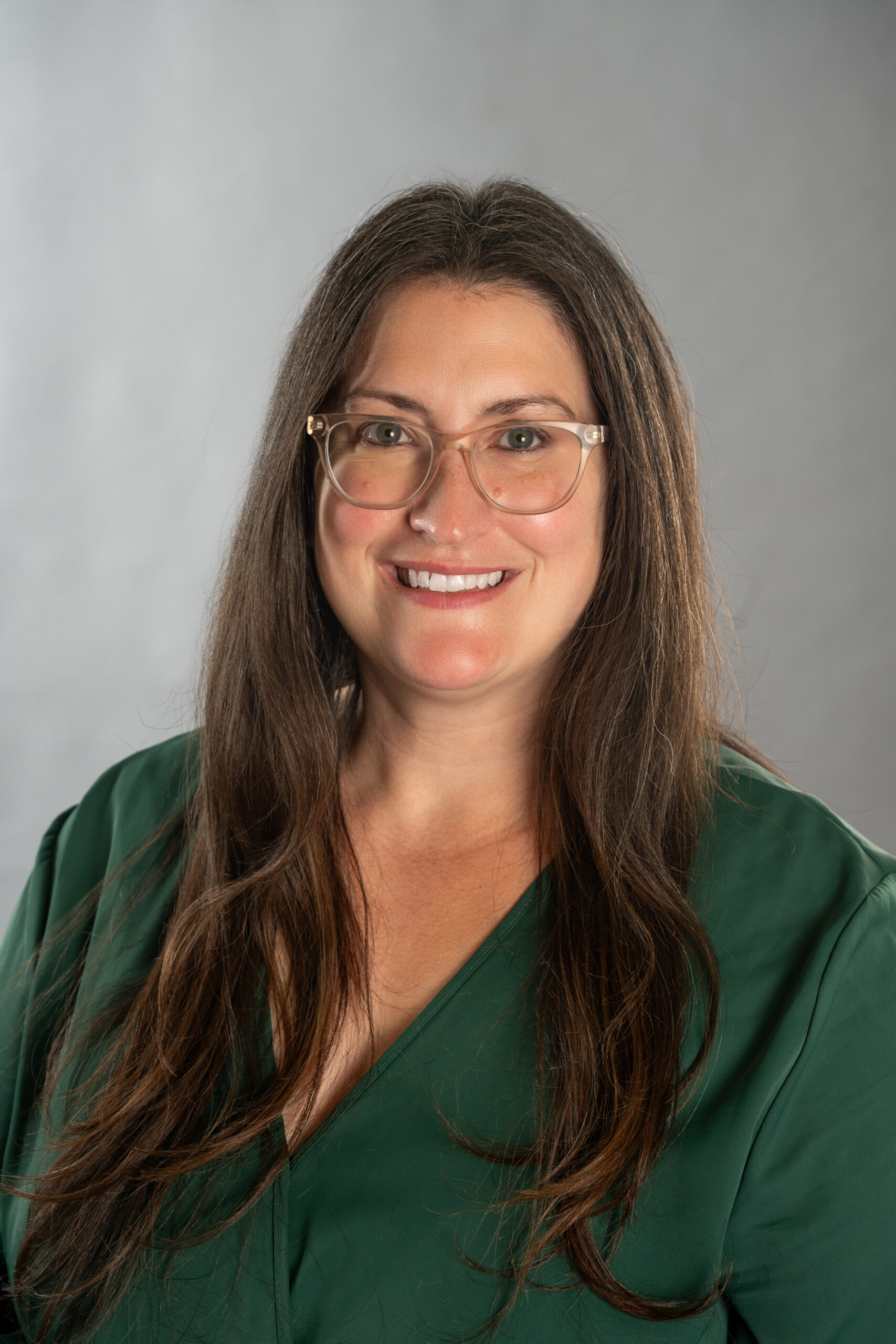
How is fragrance safety evaluated?
RIFM has a team of 16 scientists specializing in various areas of human health and environmental sciences. They come from biology, chemistry, engineering, and toxicology programs across the globe.
RIFM’s scientists work together to evaluate data and consumer exposure to determine conditions of safe use. We have the largest Database for fragrance materials in the world. But we also use more than a dozen other database options to help ensure that we exhaust all available data—always prioritizing non-animal methods.
RIFM has been publishing peer-reviewed analyses of fragrance materials since the early 1970s. All of RIFM’s published research and assessments—representing a half-century of work—can be downloaded for free via the open-access Fragrance Materials Safety Resource Center.
As science and our understanding of the ethical treatment of animals have evolved, RIFM has moved away from in vivo (animal) testing, pioneering the use of rigorous and now globally accepted animal-alternative methodologies and scientifically proven computer models to assure consumers that they can safely enjoy their favorite fragranced products.
In 2013, RIFM realized the need for a new set of criteria based on rigorous, internationally accepted methodologies. Adopting the resulting Criteria Document, which outlines the Safety Assessment process that RIFM now follows, has saved more than half a million animal lives.
Danielle Botelho, PhD, is Safety Assessment Manager for the Research Institute for Fragrance Materials (RIFM).